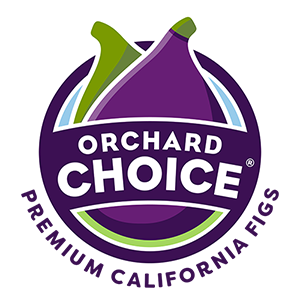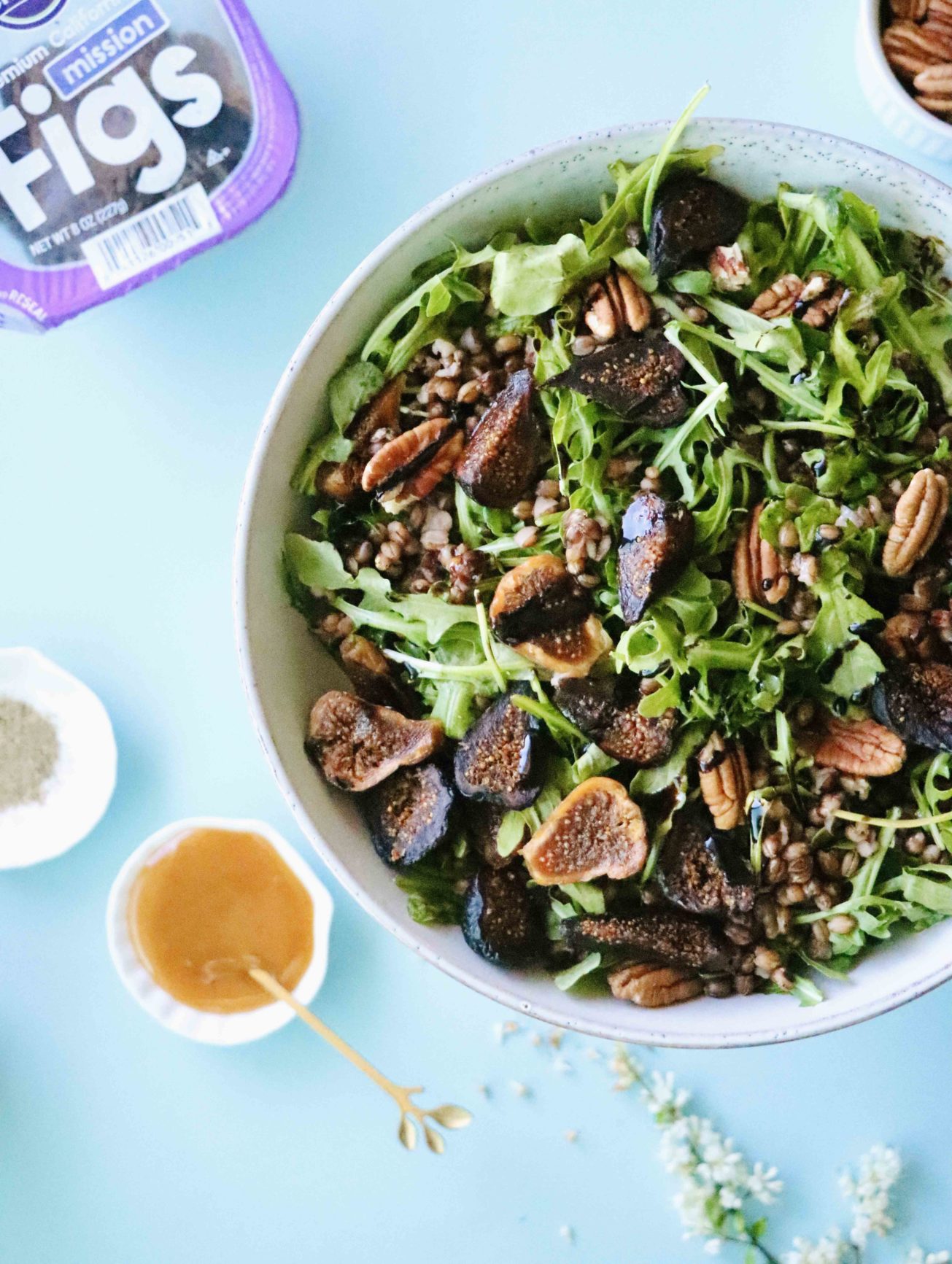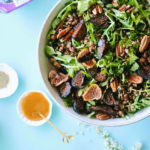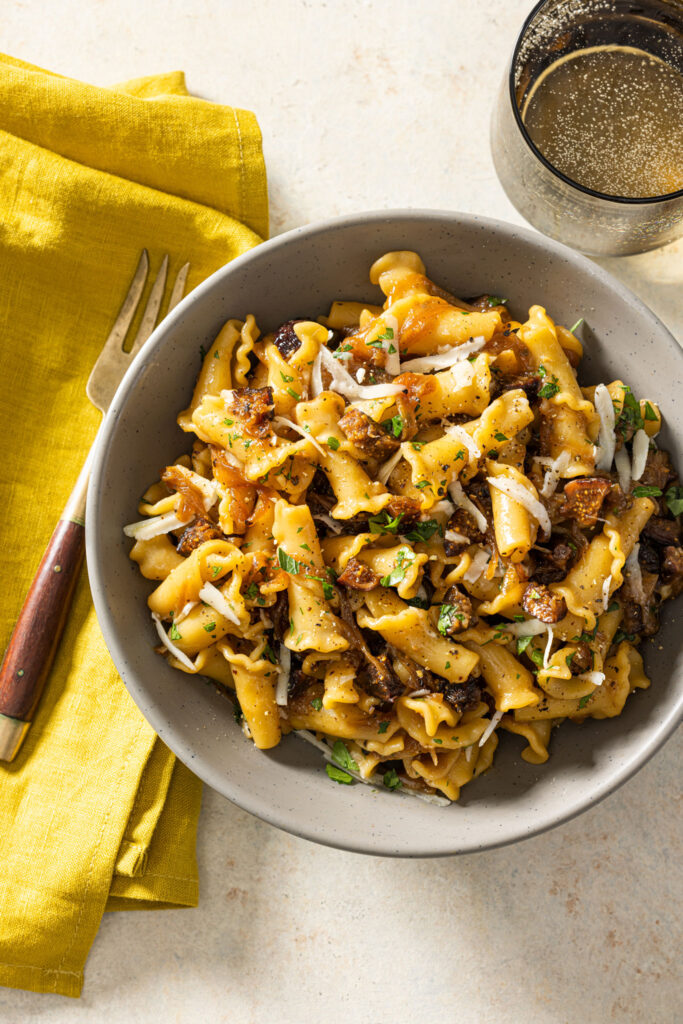What do dried fig nutrition and bone care have in common? More than you may think! “Bones are hard and rigid”—a centuries-held assumption and myth. The reality is that bones are basically a living, growing and constantly changing tissue! Normally, we can’t feel what’s happening inside our bones, but bone mass, which is the amount of bone tissue in the skeleton, generally increases by the age of 30. The more bone you have “in the bank” by peak bone mass (which is around age 30), the less likely you are to break a bone or get bone-related diseases as you age. Throughout our lives, old bone is broken down and replaced daily with new bone.
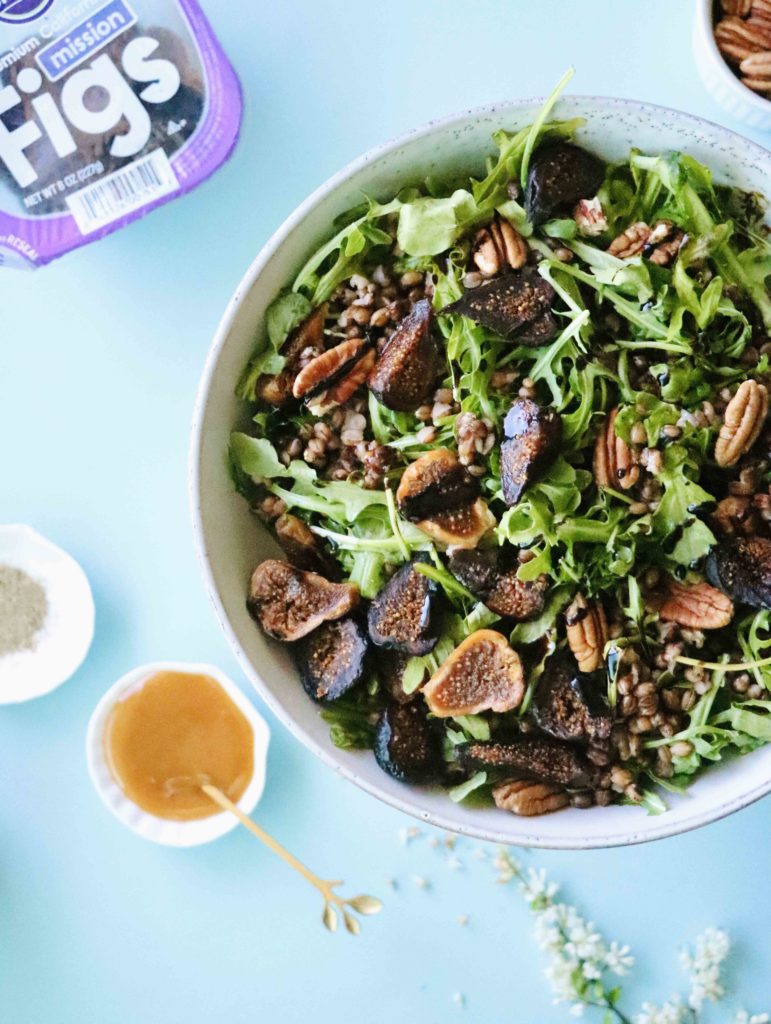
What happens after the age of 30? From age 30 to age 50, bone density stays stable with equal amounts of bone formation and bone breakdown. After age 50, bone breakdown outpaces bone formation and speeds up the overall process of bone loss. This is why it’s particularly important to focus on building strong bones when you are young (before you reach 30). However, keeping your bones strong is a smart goal at any age.
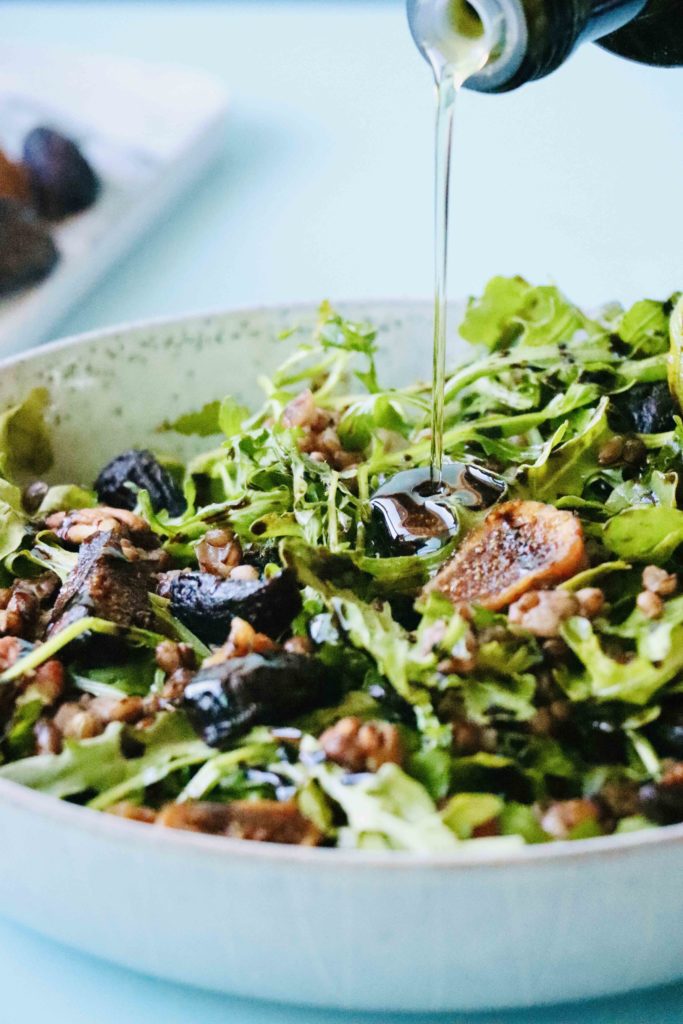
Osteoporosis (porous bone), is a bone disease in which bone density is lost, causing bones to become thinner and brittle. This disease thins and weakens the bones so much that even a minor fall or bump against a door or piece of furniture may cause a fracture.
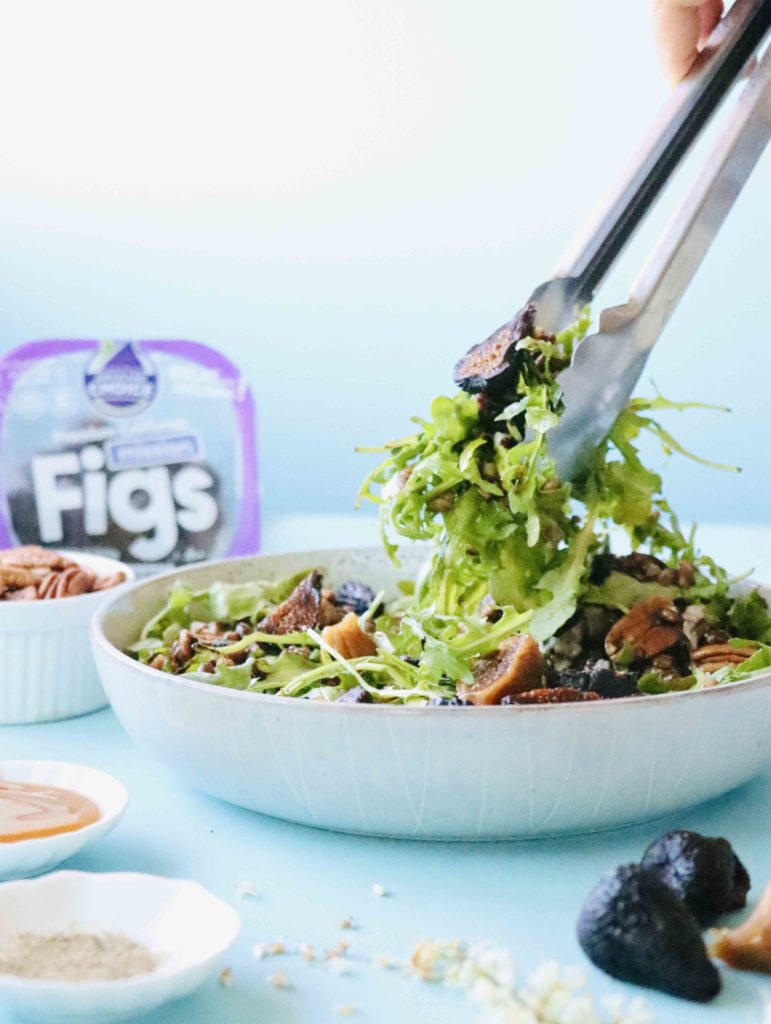
Connecting Dried Fig Nutrition + Healthy Strong Bones
High in natural sugars, soluble fiber, minerals and antioxidant vitamins, figs are one of the ancient fruits known to have a long and illustrious history. What’s special about figs is that the vitamin K and calcium duo in figs work together in bone care, helping maintain strong, healthy bones. Let’s see how the whole process works.
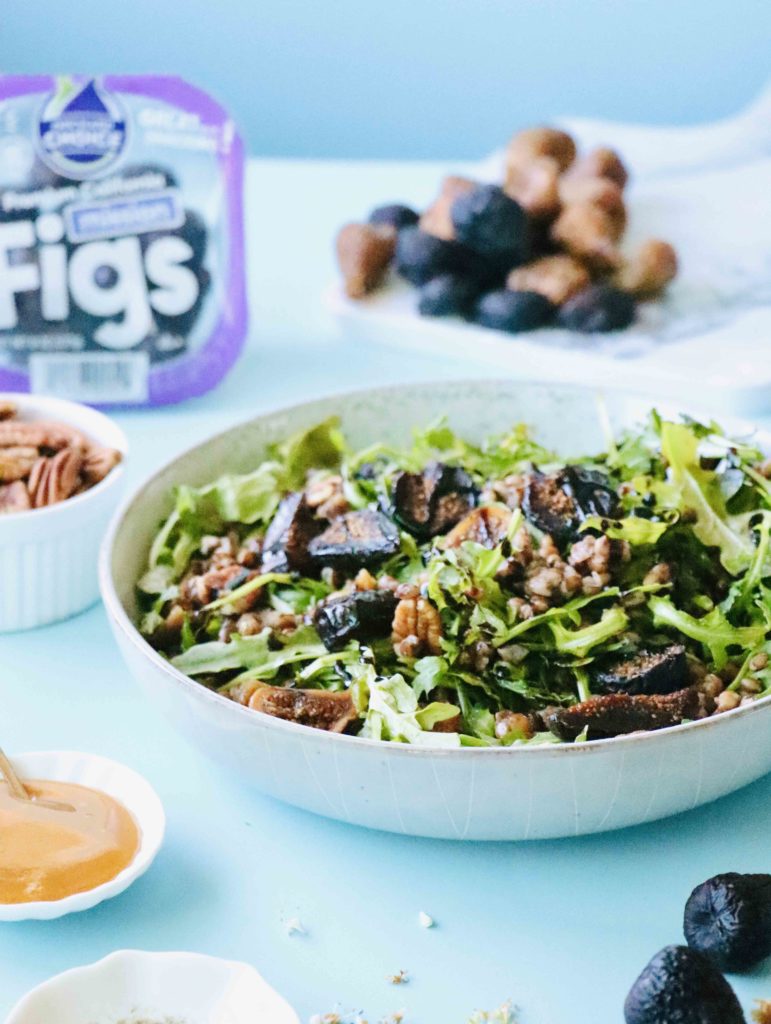
Figs are abundant in calcium and calcium is an important nutrient for building bone and slowing the pace of bone loss. However, it’s not a single magic bullet. In addition to calcium, there are other nutrients that help keep your bones strong and healthy—most importantly vitamin K, another vitamin in figs. Vitamin K directs calcium to our bones and without vitamin K, calcium can’t adequately be processed in our body to help maintain strong, healthy bones. In bones, vitamin K activates the protein osteocalcin that takes up calcium from the blood supply and binds it into the bone matrix. So, if you have a lot of calcium, you need vitamin K to direct it. The result is a stronger and denser bone matrix, decreasing the risk of fractures and osteoporosis. So the most phenomenal thing in dried fig nutrition is that they provide you with these two crucial vitamins at the same time, and they both are so important to each other.
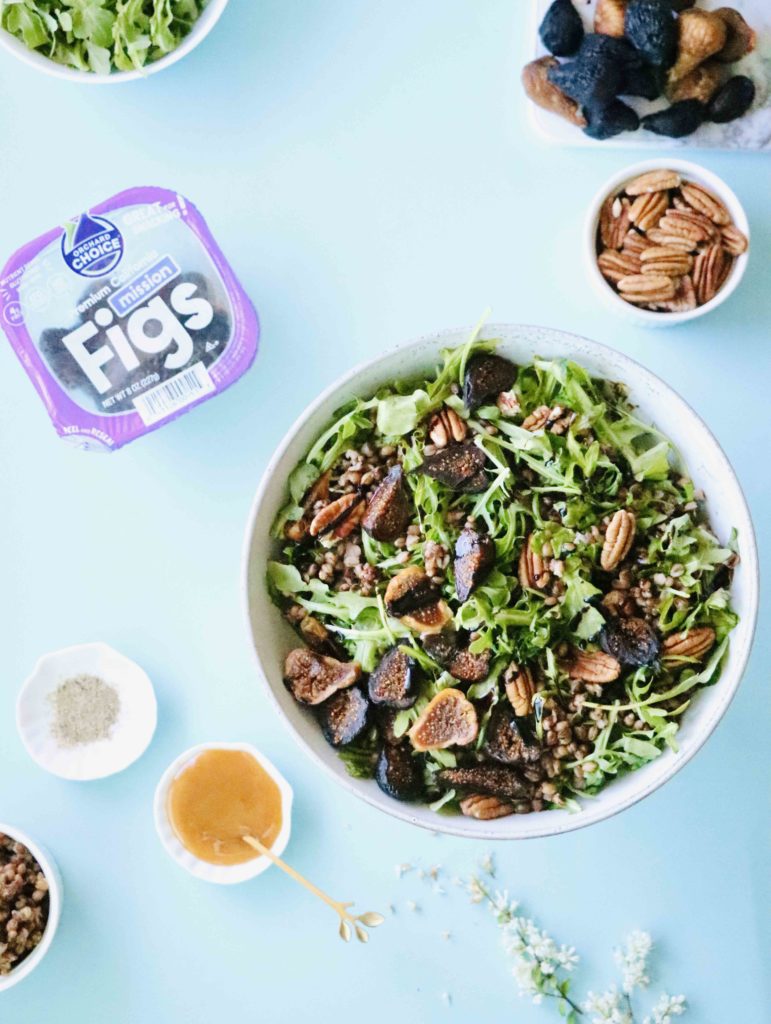
Who are in the Risk Group + Should Be Particularly Mindful about Their Nutrition
● Everyone before the age of 30 to build a good amount of bone mass
● Everyone over the age of 50
● Women (mostly because women generally have smaller and less dense bones than men)
● Women going through menopause (as during menopause levels of bone-bolstering estrogen fall)
● People with family history of bone disease
● People who are naturally underweight and have smaller body frame
● People with broken bone history
● People on a medication that causes bone loss (excessive thyroid hormone replacement, blood pressure medication, breast cancer drugs, prostate cancer drugs, heartburn drugs, to name a few)
● People on antibiotics, which generally destroy vitamin-K-producing bacteria in the gut, thereby potentially decreasing vitamin K levels.
● People with a medical condition that causes bone loss
● People who’ve had certain surgeries (e.g., ovaries removed)
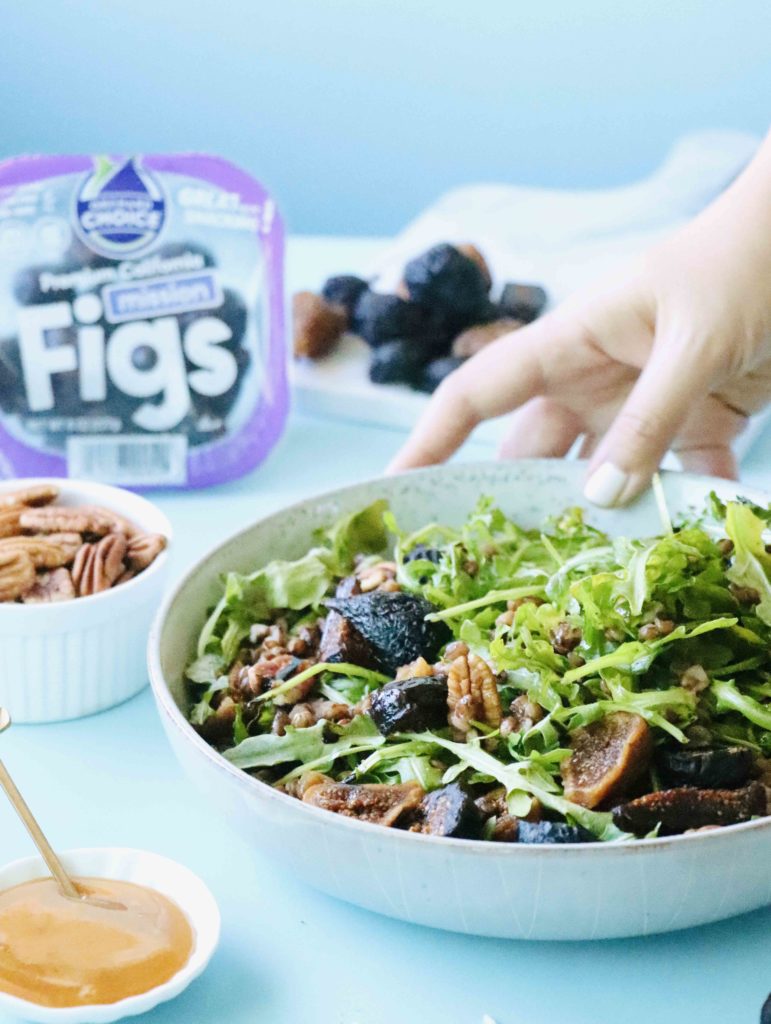
Be Good to Your Bones
Part of bone care is eating right for bone health. It sounds simple, but we are living in an era of overly processed food and low physical activity that comes from our hectic work schedules. All of this has a significant impact on our skeletal system. Adding fresh or Orchard Choice and Sun-Maid California Dried Figs and other fruits and vegetables along with seafood, and specific dairy products can promote healthy bones. In addition, this type of diet should be combined with muscle-strengthening exercises, including resistance exercises, such as lifting weights, using elastic exercise bands, weight machines, or movements in CrossFit classes. Quitting smoking and avoiding alcohol and caffeine is also important.
Although bone-weakening diseases are quite common among older people, they aren’t an inevitable part of aging. There’s a lot you can do to shield your bones from such diseases.
